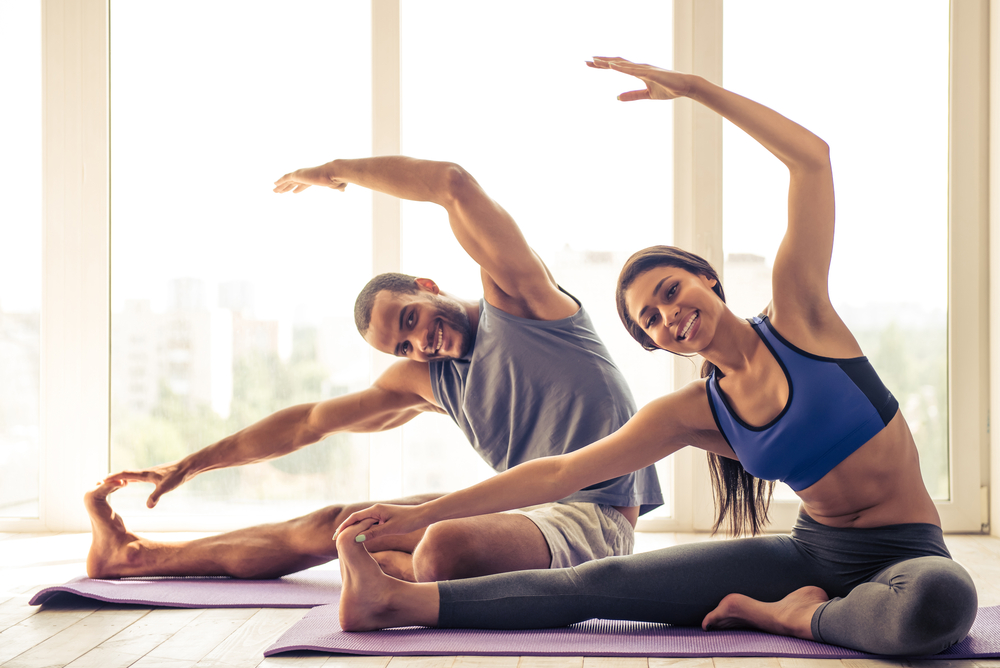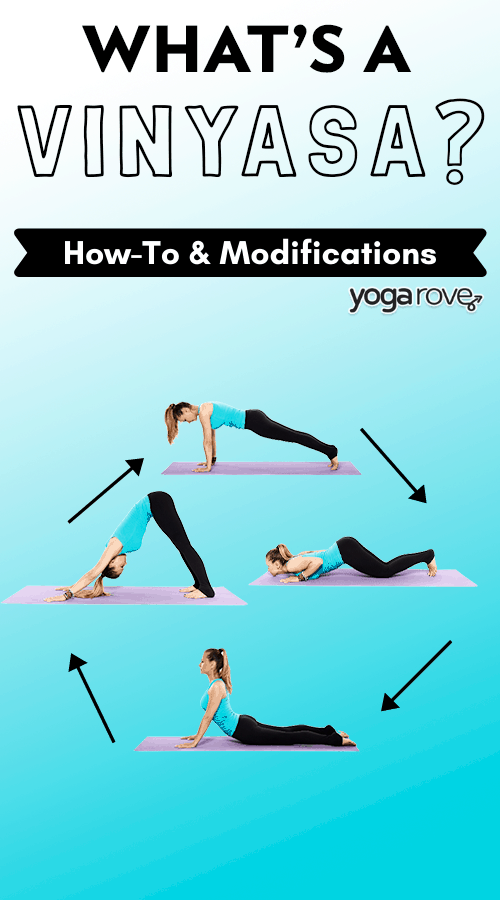
If you're a Hinduism spiritual aspirant, you might have wondered what "karma" actually means. Karma can be described as the practice or act of seva. You may have heard the term jijnasa which is about interest. However, seva, which is selfless service, is the heart of Karma Yoga. While you may be wondering what these terms mean, you should know that they all refer to doing good deeds.
karma means action
Karma Yoga is an action-oriented practice that allows you to live in harmony with your soul's wishes. This way requires self-surrender. It does not care about the fruit or any egoistic attachments. Karma Yoga shares many similarities to the Niyamas (ways that are good for the heart), especially its emphasis upon service and the way the heart. Karma Yoga, therefore, is the path to happiness for anyone who does it.

seva means service
The culmination of a yoga practice is often called seva or spiritual service. Karma yoga is the practice of service combined with devotion to God. The Bhagavad Gita tells of a significant conversation between Krishna (and Arjuna) in which the two discuss how we can surrender the results of our service to God. Yoga is doing good works with integrity. This is the path of liberation.
jijnasa means interest
Every human being on this planet is a "karma yogi", a person who observes the discipline of spiritual and religious practice. While most people continue to follow worldly practices, a small number of people have an interest in liberation, and are willing to study for discernment and knowledge. Only a few are able to realize their true identity.
Seva is selfless service
The term seva comes from the Sanskrit language and means "selfless service." This act is carried out without expectation of any return or reward. Ancient Indians believed that by engaging in acts of seva, they are contributing to the spiritual and community welfare. The act of giving without expecting any return is called seva. This is a form of blessed actions. It is possible to integrate spiritual practice into daily life by doing seva.

Karma yoga is also known as seva.
"Seva" means service in sanskrit. It can be translated as: serve, attend, wait. Seva refers to a practice that is based upon the belief that all things can be interconnected and that serving one will serve the whole. Seva can be anything from making a cup of tea to feeding a hungry person. It is considered seva if you do good deeds for someone else.
FAQ
How long does a pro yoga teacher take?
It depends on what kind of yoga you're doing. Some styles are more efficient than others. You can expect to improve your skills even if this is your first attempt.
The more you practice, your performance will improve. After a few weeks of consistent practice, you will notice improvements.
Is there much sweat involved in yoga?
It depends on which type of yoga you do. Vinyasa flow or power yoga involves a lot more jumping, twisting, turning and turning. Because of this, people often sweat heavily while practicing.
Hatha yoga is a different type of yoga. It focuses on forwarding bends, and twists. Most practitioners won't sweat much because these poses aren’t too strenuous.
What do the studies say about yoga and its benefits for health and well-being?
Yoga has been shown effective in improving mental health, stress reduction, and overall well-being. It is also a great way to lose weight and maintain a healthy BMI (body mass index).
Yoga can help lower blood pressure and improve cardiovascular function.
These are just some of the benefits of yoga.
This list could go on forever!
What is the average time it takes for yoga to get results?
It takes time to practice yoga, but it is always a good workout. It takes time in order to build strength and flexibility. You start slow and then gradually increase the intensity until you reach an optimal level.
Consistency and consistency are the keys. The more often you practice, the better you become at it.
How long does yoga take?
Yoga is a lifelong endeavor that requires dedication as well as patience. The truth is that everyone has his/her own pace when learning new things.
It doesn't really matter what age you are. If you're willing to put in the effort and work hard, any yoga routine can be achieved.
Do I need to have special equipment in order to do yoga?
Yoga is a sport that can be done without any special equipment. You might prefer to use certain props, such as blankets, straps and blocks.
You can find our Yoga Equipment Guide here if you're looking for these items. We recommend that you choose products made from natural materials over plastic.
How does yoga change your body?
Yoga helps you relax, stretch, and strengthen your core. Yoga makes you feel good. This is because yoga increases flexibility, strength and decreases stress. This leads to better sleep, improved concentration, and increased energy levels.
You are less likely to get the flu and cold from yoga. This is because you can breathe deeply while doing yoga, which increases the oxygen reach your brain.
Yoga is a great way to relieve tension and pain. These postures improve posture and strengthen joints and muscles.
To keep your body and mind healthy and happy, you should regularly practice yoga.
Statistics
- According to the Agency for Healthcare Research and Quality, falls are incredibly common among older adults in nursing facilities. Even the simplest ones can increase the risk of death (24). (healthline.com)
- The American Psychological Association recently shared that 84% of American adults feel the impact of prolonged stress (5). (healthline.com)
- In comparison, a 125-pound person is estimated to burn 135 calories in 30 minutes of walking (at a pace of 15-minute miles) and 210 calories bicycling at a moderate pace on a stationary bike. (everydayhealth.com)
- Lock in 25% off your Founding Member rate. (corepoweryoga.com)
- According to calorie estimates calculated at Harvard Medical School, the average 125-pound person burns about 120 calories in a half hour of hatha yoga, and a 185-pound person burns about 178 calories in that half hour. (everydayhealth.com)
External Links
How To
What can yoga do for your menopause symptoms
Yoga is an ancient tradition that originated from India. It emphasizes stretching, breathing, and meditation. It has been used for thousands of years to keep fit. It is becoming increasingly popular as people look for ways to stay fit and healthy in times of stress and illness.
Yoga is based on the use of physical postures (asanas), that stretch muscles, improve posture, and increase flexibility. This helps to reduce tension and build strength.
There are many kinds of yoga. Each type focuses specifically on one aspect of the body like breath, stretching, relaxation, and meditation.
All forms of yoga aim to bring about balance in the mind and body. Yoga benefits include better fitness, better sleep quality as well weight loss.
Numerous studies have shown that yoga is beneficial for conditions like anxiety, depression, or insomnia. However, there is little conclusive evidence of its effectiveness for other health issues such as menopausal symptoms.
Yoga helps you feel happier, healthier, and more fulfilled. It also teaches you how relax and manage stress situations. These skills could prove useful when you are going through menopause.
It is important to note that yoga can cause muscle soreness after exercise, so starting at a low-intensity level is wise. You should consult your doctor if there are any concerns regarding your medical condition.